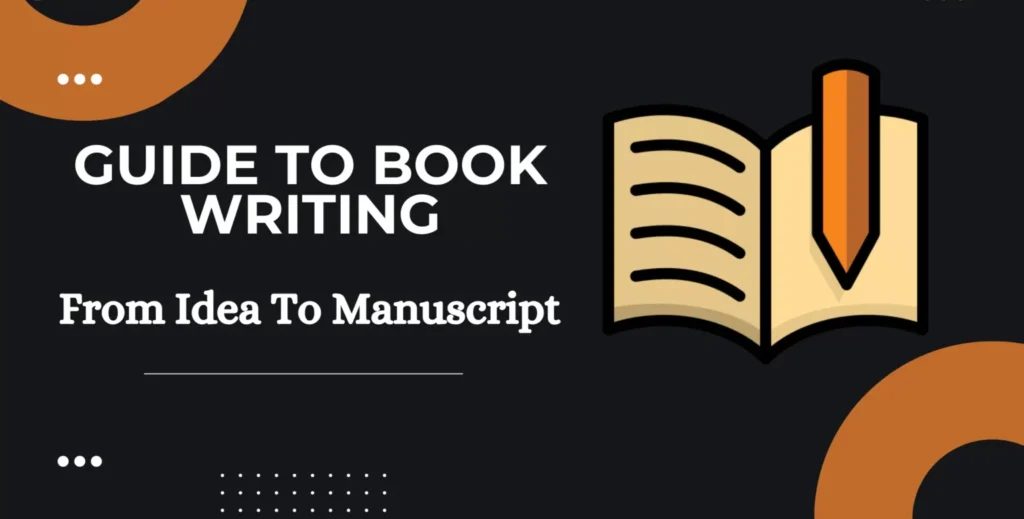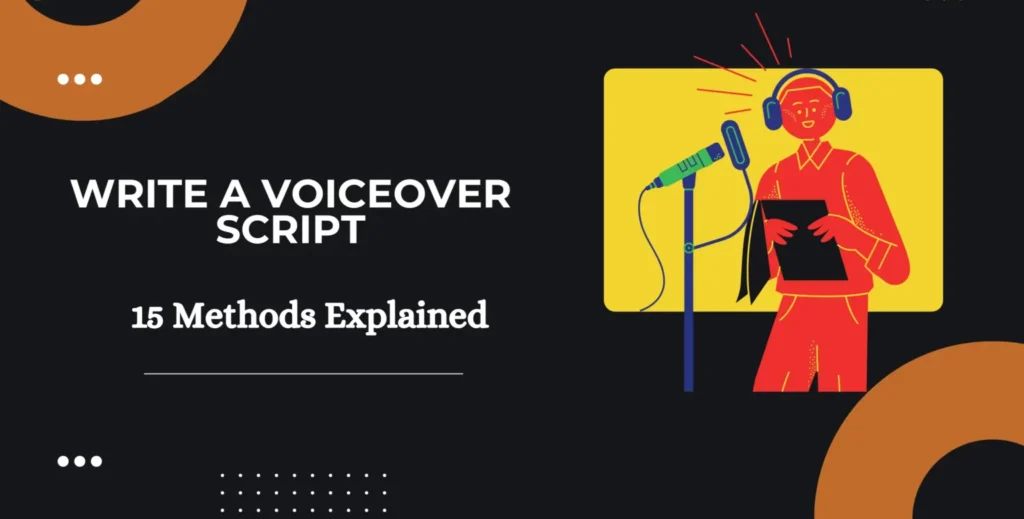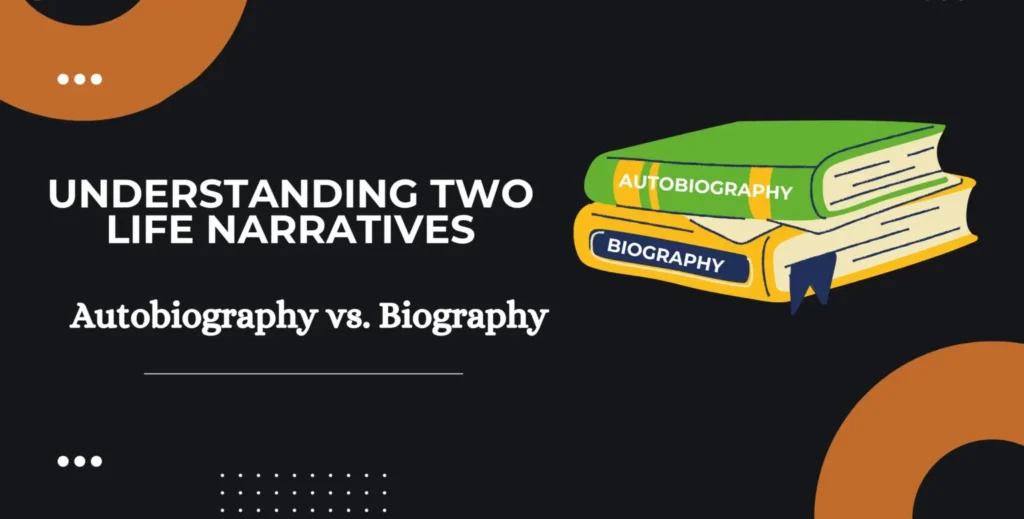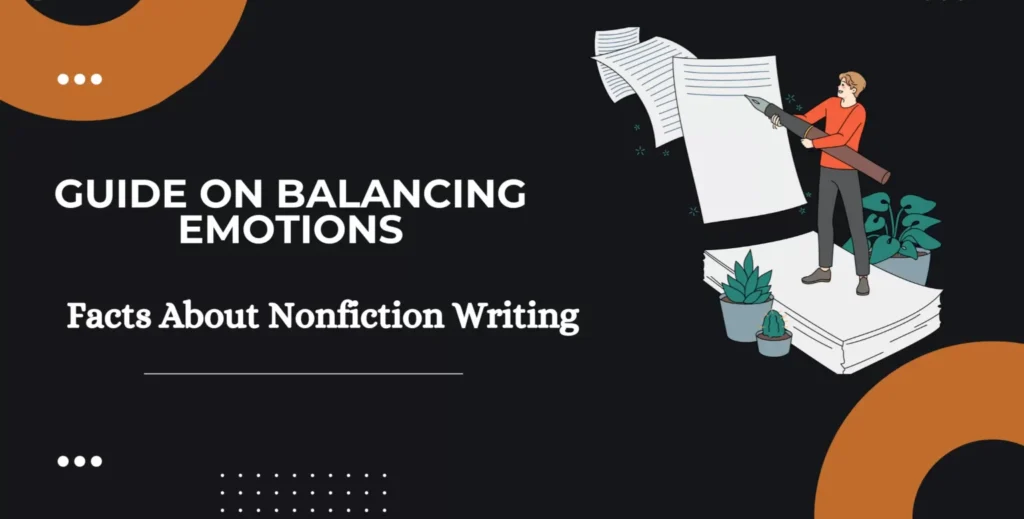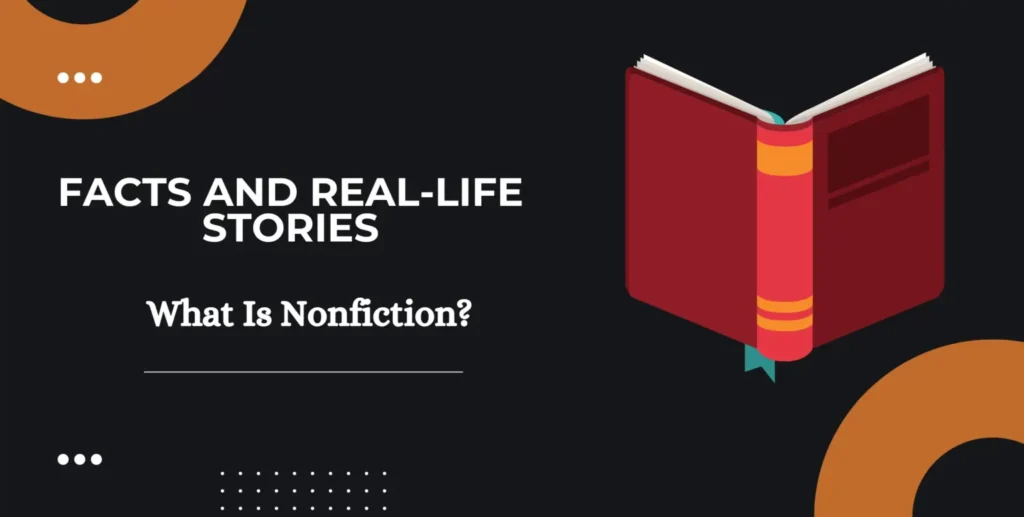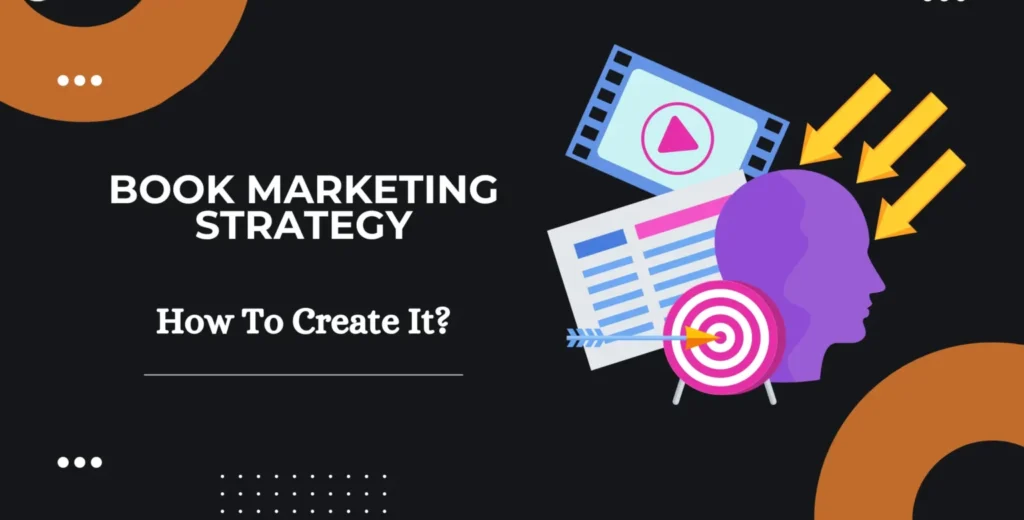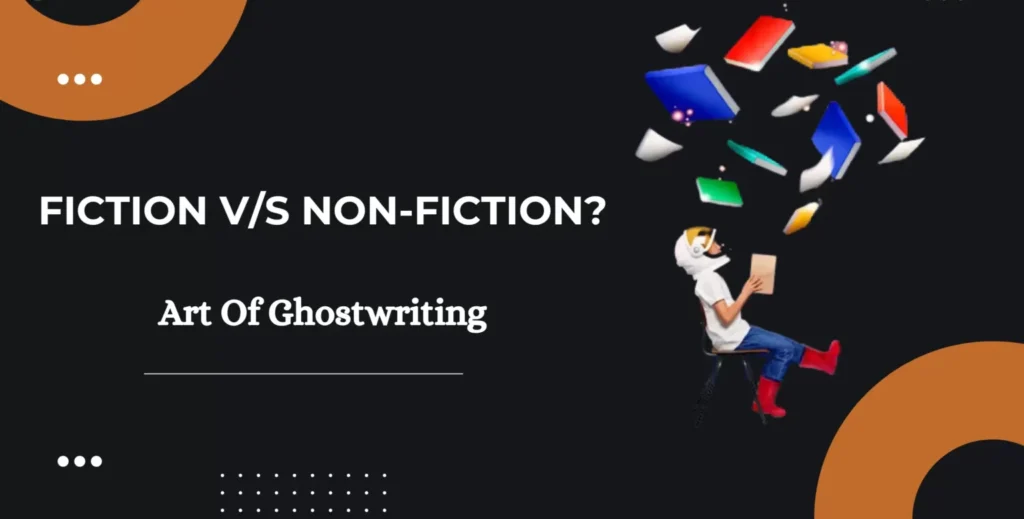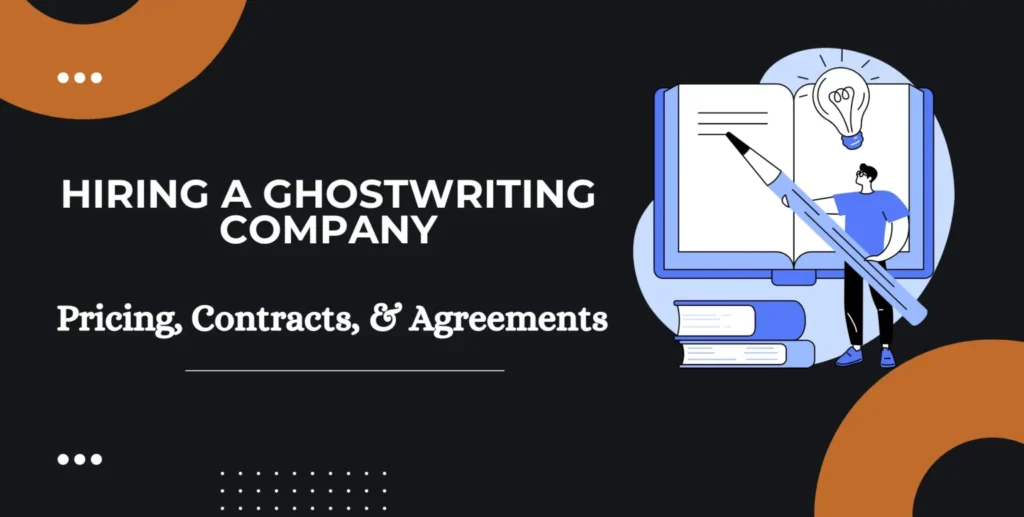The Comprehensive Guide to Book Writing: From Idea to Manuscript
Home Services Contact Us More About Us Reviews Blog Hamburger Toggle Menu Call Now Get a Free Quote Blog Blog The Comprehensive Guide to Book Writing: From Idea to Manuscript This guide is your resource if you have an idea but have a lot of questions, especially about how to begin writing a book. We understand that learning how to write a book can be intimidating for beginners, but do not worry; we have got your back. So, you’ve taken the first step into the world of writing a book, but where do you start? The blank page can be a source of anxiety. Fear not! This guide goes beyond practical tips; it’s here to cultivate a mindset in just 5 steps that transforms your writing adventure into a simple process. Step 1: Establish a foundation for inspiration. 1. Explore Your Thoughts Take a moment to explore the vast landscape of your thoughts before you touch the keyboard. Which tales are still fresh in your memory? When something excites you? These are the precious seeds that, when nurtured, will blossom into the beating heart of your story. 2. Understand Your “Why” Knock into the purpose behind your storytelling. Why is this story begging to be told? What emotional resonance or message do you wish to convey? Understanding your “why” not only provides your writing with a clear purpose but also infuses it with a depth that resonates profoundly with both you and your readers. 3. Identify Your Unique Perspective Consider what makes your perspective unique. What personal experiences, values, or beliefs can you infuse into your narrative? Your distinct viewpoint is the fertilizer that enriches the soil for your story to grow. 4. Tap into Emotions Explore the emotional landscape of your narrative. What feelings do you want your readers to experience? Whether it’s joy, empathy, or excitement, identifying the emotional core of your story adds layers of richness to your writing. 5. Experiment with Genres Don’t limit yourself to a single genre. Allow your thoughts to wander into various genres and styles. You might discover that your story’s perfect form is a fusion of different genres, creating a literary masterpiece. Step 2. Practical Steps, Especially for New Writers 1. Set Small Goals Break down the monumental task of writing a book into bite-sized, achievable goals. Set daily or weekly word count targets, creating a roadmap that transforms the seemingly overwhelming journey into a series of manageable steps. 2. Create a Comfortable Ritual Establish a writing ritual that signals to your brain that it’s time to create. Whether it’s making a cup of tea, lighting a scented candle, or putting on your favorite music, these small rituals can serve as powerful triggers for your creative flow. 3. Utilize Writing Prompts When the blank page feels daunting, turn to writing prompts. These short, thought-provoking phrases can spark new ideas, kickstart your creativity, and provide a fresh perspective on your story. 4. Build a Support System Don’t underestimate the power of a supportive network. Share your writing journey with friends, family, or fellow writers. Having a community to cheer you on and offer constructive feedback can be a game-changer. 5. Experiment with Writing Tools Explore different writing tools and technologies. Find what works best for you, from classic notebooks to modern writing apps. Experimenting with various tools can enhance your writing experience. Step 3. Develop Your Writing Philosophy 1. Embrace the Learning Curve Understand that writing is a continual learning process. Embrace the learning curve, recognizing that each challenge and mistake is an opportunity to grow as a writer. 2. Cultivate Patience: Patience is a virtue in the writing journey. Allow your story to unfold naturally, and give yourself the time and space needed for creativity to blossom. Good things take time. 3. Balance Feedback and Instinct Seek feedback, but also trust your instincts. Balancing external input with your inner creative compass ensures that your voice remains authentic while benefiting from valuable insights. 4. Incorporate Playfulness Infuse an element of playfulness into your writing routine. Allow your inner child to explore and experiment, fostering an environment where creativity thrives without the constraints of perfection. 5. Reflect on Achievements Periodically, reflect on your achievements. Celebrate milestones, whether big or small. Recognizing your progress boosts motivation and reinforces the joy of the writing journey. Step 4. Build a Writing Routine 1. Establish a Regular Writing Schedule Identify a specific time each day when you can consistently dedicate yourself to writing. Whether it’s early in the morning, during lunch, or in the evening, having a set writing time builds a routine. 2. Explore Different Writing Environments Switch up your writing environment. Sometimes, a change of scenery, whether a cafe, a park, or your backyard, can infuse new energy into your writing routine. 3. Incorporate physical Activity Integrate short breaks of physical activity into your writing routine. During long writing sessions, a quick walk or stretching session can refresh your mind and enhance your overall well-being. 4. Collaborate with Writing Groups Consider joining writing groups or online communities to share progress, exchange ideas, and receive support. Collaborating with fellow writers adds a social dimension to your routine. 5. Set Realistic Deadlines Establish realistic deadlines for your writing goals. Specific time-bound targets create a sense of urgency and help you stay on track within your writing routine. Step 5. Celebrate the Journey 1. Acknowledge Personal Growth Recognize the personal growth that comes with the writing journey. Every challenge every chapter written contributes to your development as a writer. Acknowledge and celebrate this growth. 2. Share Your Progress Publicly Share your writing milestones publicly on social media or within your writing community. Not only does this provide a sense of accountability, but it also allows others to celebrate your achievements. 3. Reward Yourself Creatively Incorporate creative rewards into your celebration routine. Treat yourself to a creative outing, indulge in a new writing-related book, or take on a small creative project as a reward for completing significant milestones.
